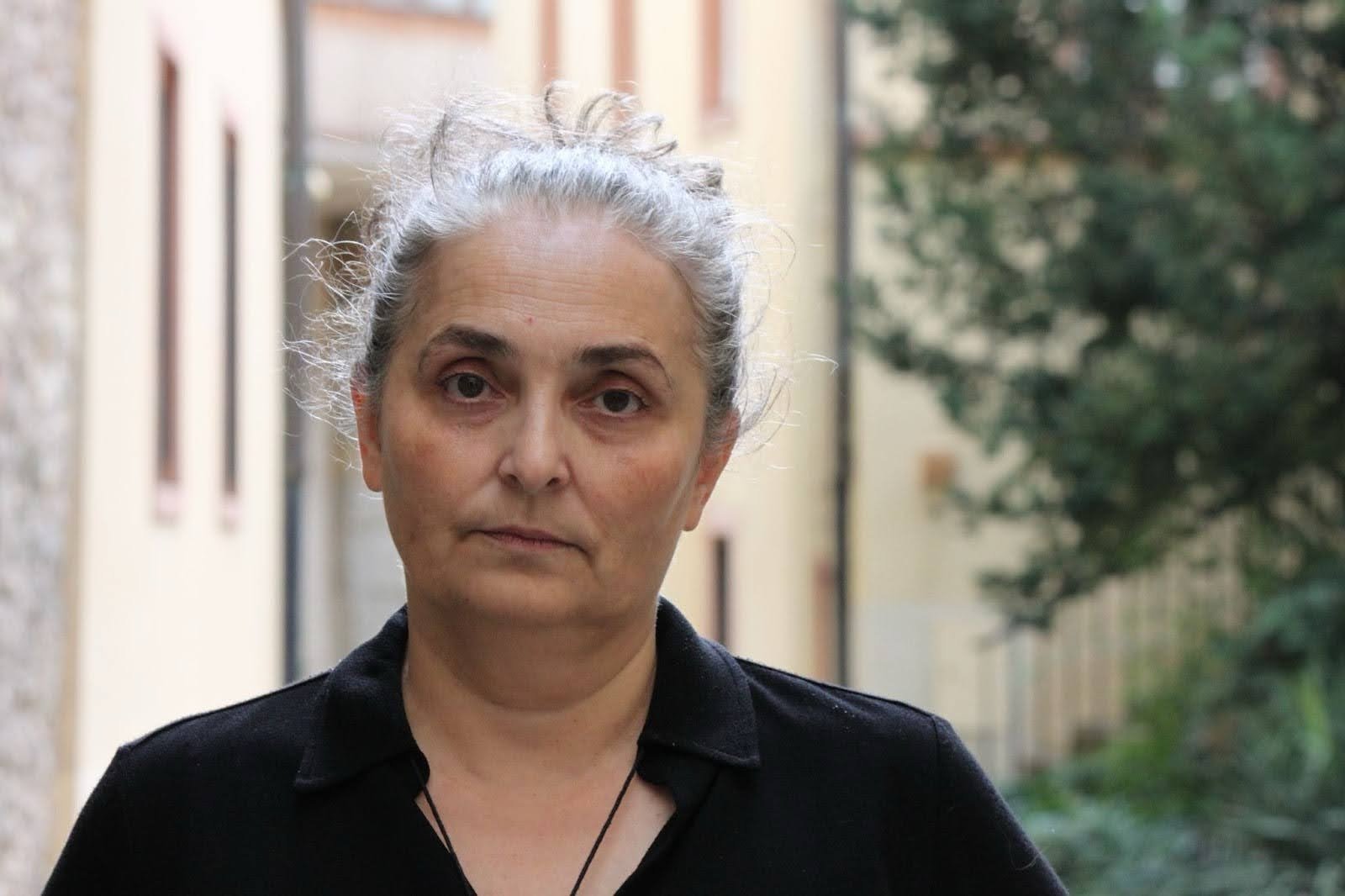Seven Roma artists commemorate one of the darkest chapters of European Romani history and confront the challenges of today’s community in a new art exhibition this weekend in Prague.
LEPERIBEN: WE DO NOT FORGET is a compelling snapshot of past and present Romani life using videos, photography, books, and posters at two locations in the Czech capital which has been organized by Artivist Lab and ARA ART to memorialize the 10th anniversary of International Roma Genocide Remembrance Day.
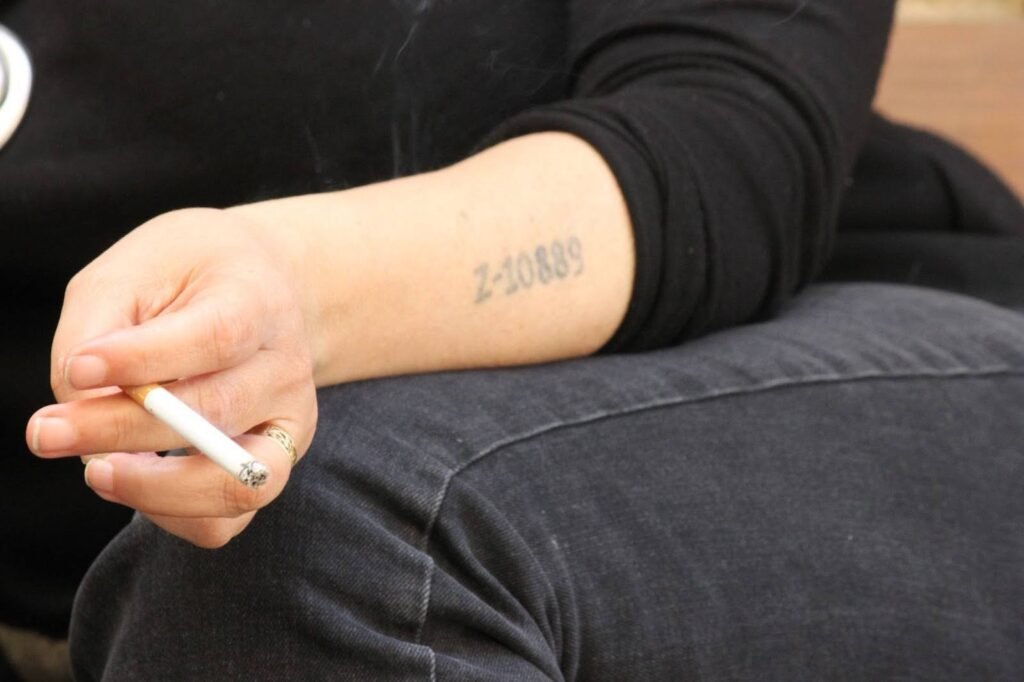
The buzzing sound of the tattoo gun breaks the silence as you approach one of the featured works. How to Slap Auschwitz is a film by multimedia artist Lidija Mirković which documents the moment she had the number Z-10889 permanently tattooed on her left forearm. The number adds one more person to the 10,888 Roma killed at Auschwitz. Mirković sees this as a personal act of solidarity with Roma still facing persecution across Europe.
“In ‘41, the German Wehrmacht came to the town that I was living in and they destroyed the Gypsy settlement” said Mirković.
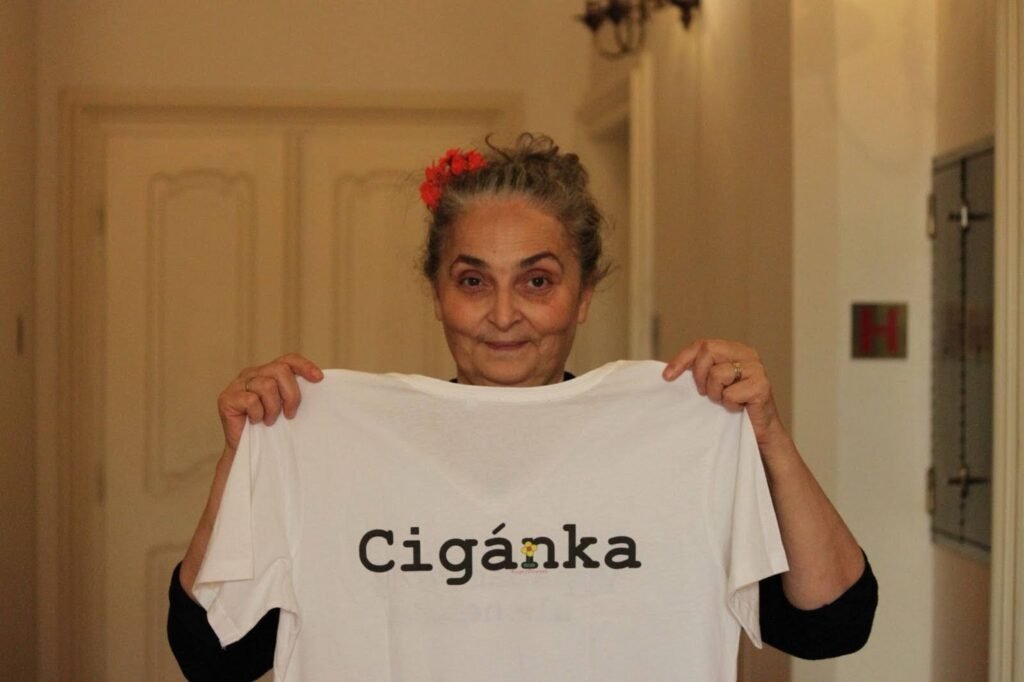
She often wears a red flower when presenting her work, a bold symbol of her Romani identity, which she feels is necessary to avoid being misidentified due to her lighter complexion.
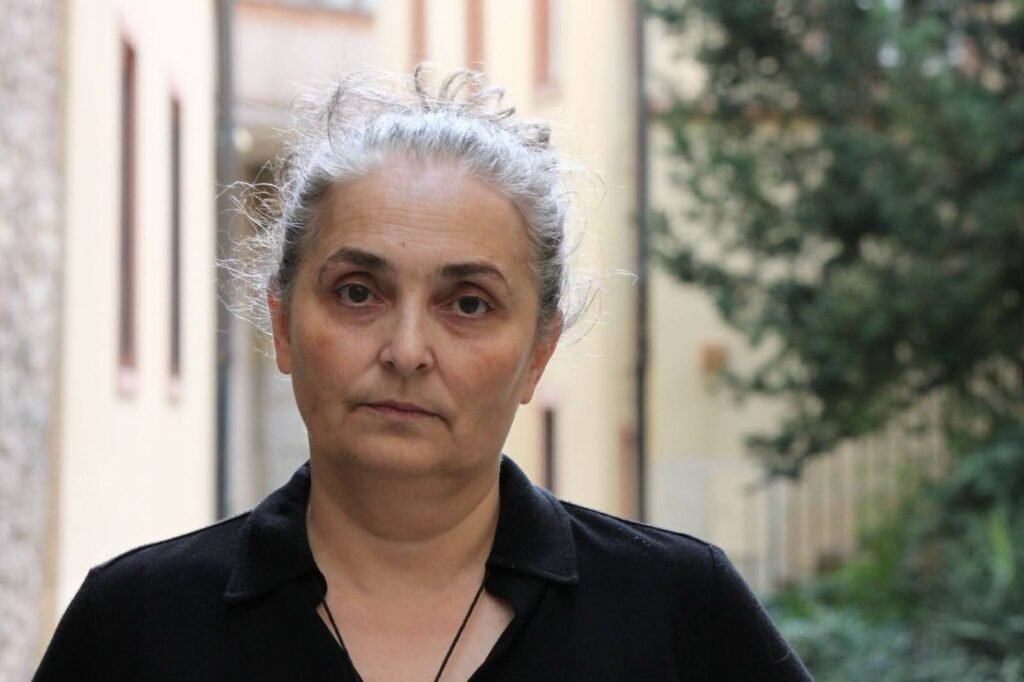
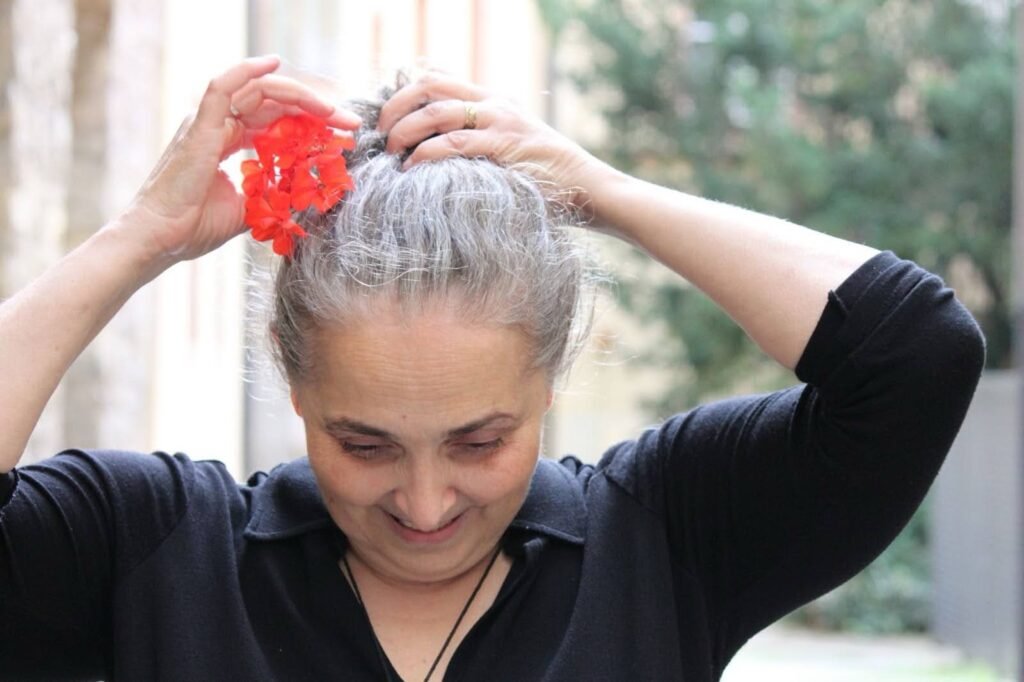
Through her work, Mirković presents an original way of documenting Romani settlements, ways of living, and her own Romani experience. In 2018, her photographic series, Dialogue with Carmen aimed to debunk stereotypes around Roma women and was showcased on Prague’s Artwall.
Nihad “Nino” Pušija, whose work is part of the Museum of Romani Culture collection, has also brought two pieces to Leperiben: We Do Not Forget.
Pušija’s photo series In Memoriam Nadir Dedić 1930–2023 and the collaborative book In Search of Eldorado – Roma and Sinti in the Struggle for Representation reflect over 30 years of his work documenting Romani and Sinti life, identity, and culture. While not for sale, the book featuring photos, poems and history about the community is available to educational institutions.
“The book is an explanation of how you are presenting minorities to majorities,” said Pušija.
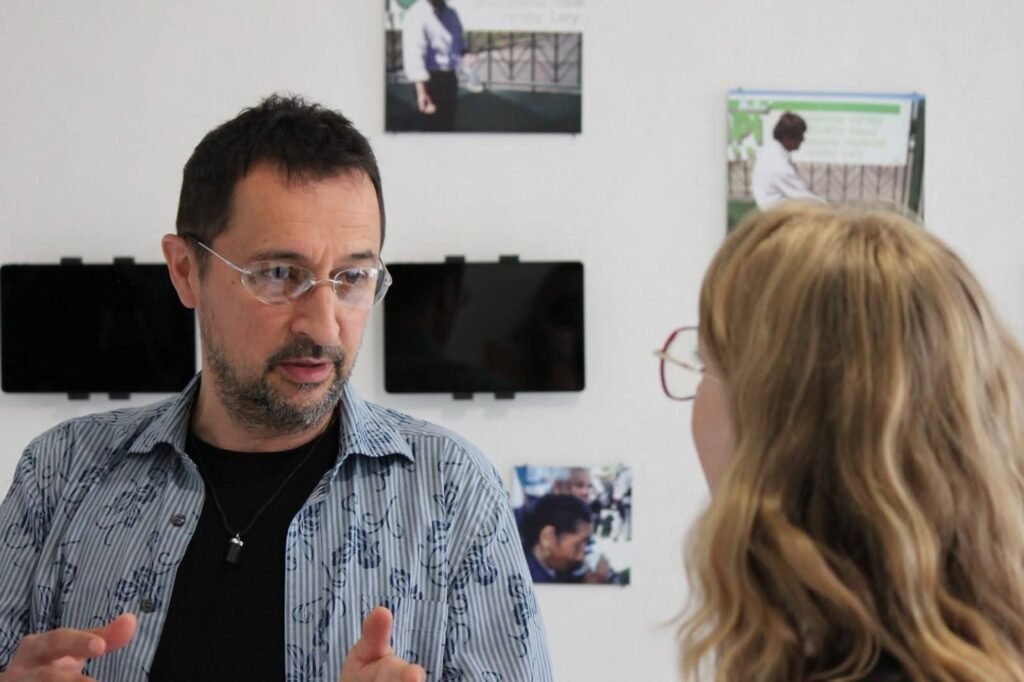
The two-day exhibition was hosted at Atrium Žižkov and Artivist Lab, a gallery space connecting activists through art, discussions and workshops since 2018. For this event, they collaborated with AraArt, a NGO supporting Roma communities through educational and artistic events.
The International Roma Genocide Remembrance Day serves as a reminder of Roma loss in World War II. It was established by the European Parliament in 2015.
The Remembrance Day was established in commemoration of the night of 2-3 August 1944, when more than 3,000 Roma people were murdered at Auschwitz-Birkenau concentration camps. This marks one of the crucial chapters of the Roma Holocaust, in which up to 500,000 Roma were persecuted and killed by the Nazi regime.
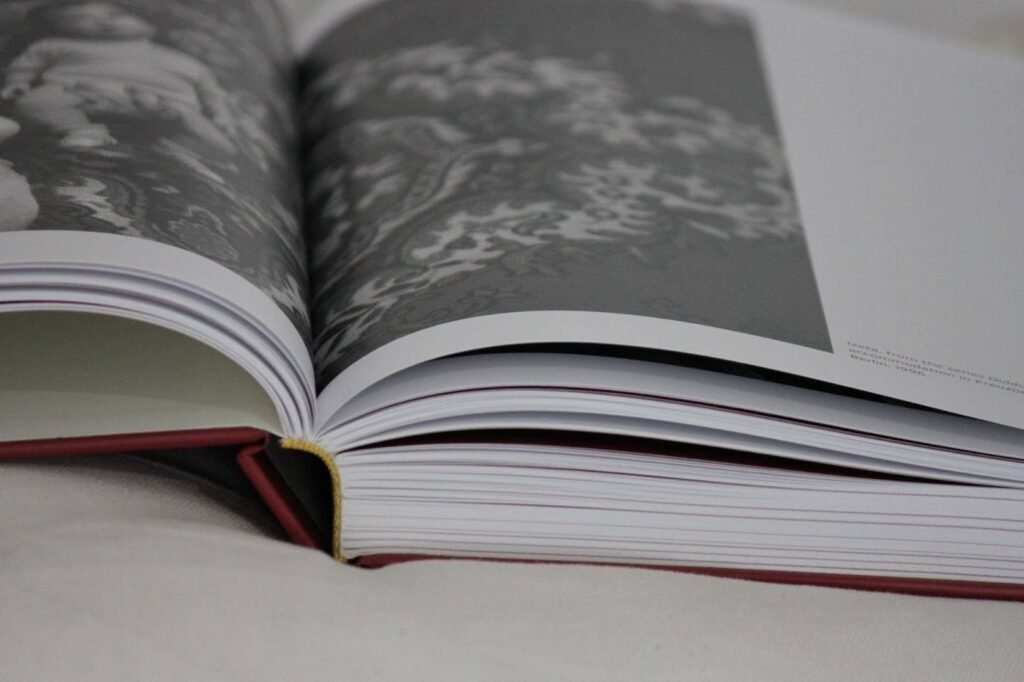
Artists like Lidija Mirković and Nihad “Nino” Pušija want to ensure Roma people and their history are represented through their work.
This story was prepared as part of the Journey: Journalism Bootcamp sponsored by the Bakala Foundation.
In this article, the word “Gypsy” is used in reference to artist Lidija Mirković and her exhibition. This choice was made at her request. While many communities and institutions use the term Roma as a collective identifier, Mirković explains that she prefers “Gypsy” because, in her view, the word Roma historically refers specifically to a married man—an identity that does not apply to her. Out of respect for her self-identification, we have honored her preference in this context.
